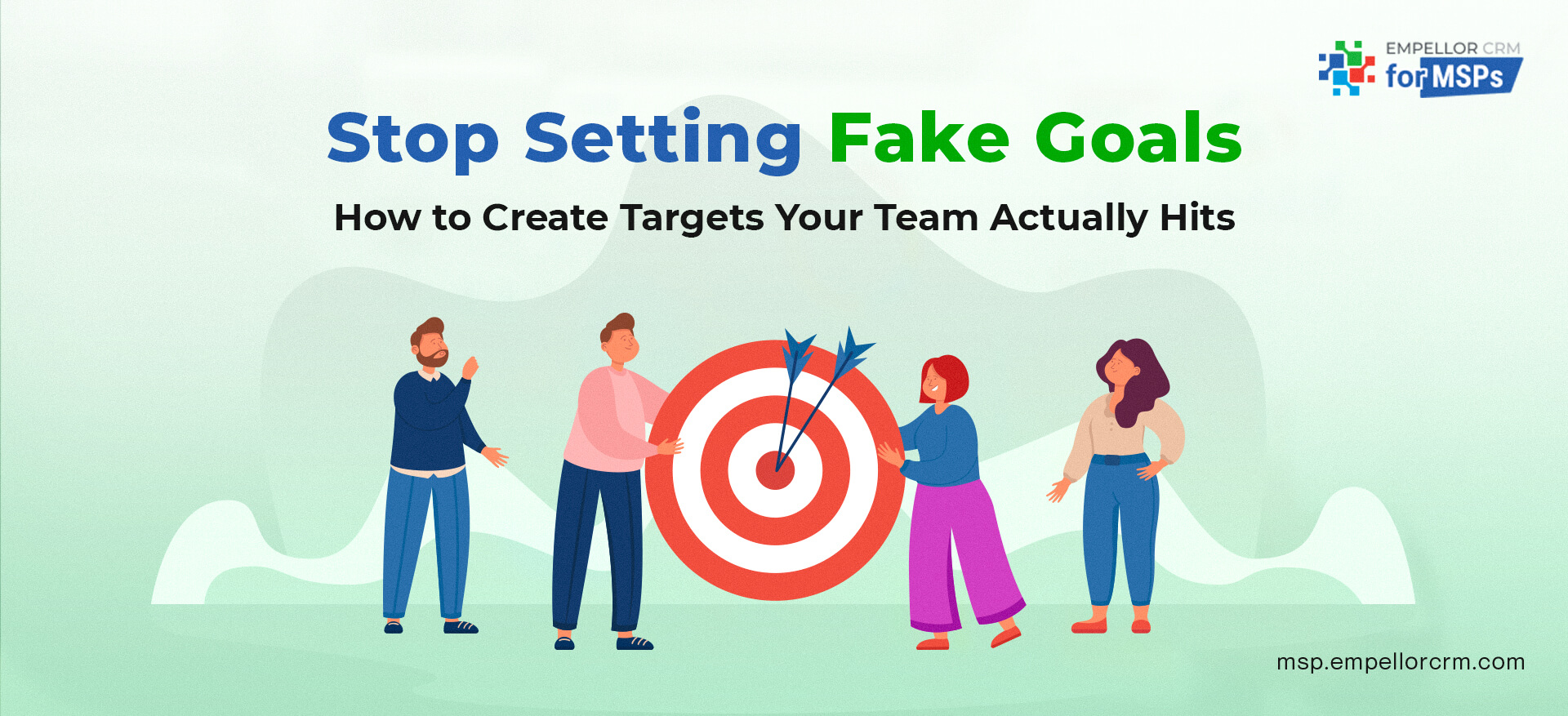For Managed Service Providers (MSPs), accurate and timely billing is critical for cash flow, profitability, and client satisfaction. However, many MSPs still rely on manual billing processes, using spreadsheets or disconnected systems to track customer usage, invoices, and payments. While these methods may seem cost-effective on the surface, they introduce inefficiencies that can erode profits and create operational bottlenecks.
This article explores the hidden costs of manual billing for MSPs, the risks associated with outdated billing practices, and how automation can streamline operations and improve revenue predictability.
The Challenges of Manual Billing for MSPs
Manual billing often leads to inefficiencies that impact every aspect of an MSP’s financial operations. Here’s why it’s a problem:
1. Increased Administrative Costs
Billing processes that rely on spreadsheets and manual calculations require significant time and labor. Tasks such as:
- Tracking customer usage
- Creating invoices manually
- Managing payment follow-ups
These tasks consume valuable resources that could be redirected toward MSP revenue growth activities like client acquisition and service expansion.
2. Inconsistent Invoicing and Errors
Without an automated system, errors in pricing, discounts, or contract terms can slip through, leading to:
- Underbilling, which reduces revenue
- Overbilling, which frustrates customers
- Delayed payments due to invoice disputes
Inaccurate invoices increase pipeline leakage and create a negative customer experience.
3. Cash Flow Disruptions
Delayed invoices and payment tracking issues create unpredictable cash flow. MSPs that manually process invoices may experience:
- Late payments due to missed billing cycles
- Difficulty in reconciling accounts
- Reduced working capital for growth investments
4. Scalability Challenges
As an MSP grows, so does the complexity of its billing. Managing multiple clients, service tiers, and contracts manually becomes unsustainable. Scaling an MSP requires a billing automation system that can handle increasing volumes without adding operational burden.
The Hidden Financial Impact of Manual Billing
While many MSPs recognize the inefficiencies of manual billing, few quantify the financial losses it causes. Consider these factors:
1. Revenue Leakage
MSPs often lose revenue due to:
- Missed upsell or cross-sell opportunities
- Forgotten contract renewals
- Failure to bill for additional services rendered
Revenue leakage can account for 3-5% of total MSP earnings, making a significant impact on profitability.
2. Lost Productivity
An MSP with manual invoicing may require multiple administrative hours per week for billing tasks. If an employee spends 10 hours per week on invoicing at $50 per hour, that’s $26,000 annually lost to inefficient billing.
3. Poor Customer Experience
Customers expect predictable and transparent billing. Errors and delays lead to dissatisfaction, increasing churn rates and reducing MSP recurring revenue.
How to Fix Manual Billing Issues
Automating billing processes can significantly improve efficiency, reduce errors, and enhance revenue predictability. Here’s how:
1. Implement a Billing Automation Platform
A billing automation system eliminates manual processes and improves accuracy. Look for a solution that:
- Integrates with MSP CRM solutions
- Automates invoicing based on contract terms
- Provides real-time usage tracking
2. Standardize Billing Models
MSPs should structure their pricing and invoicing around:
- Flat-rate monthly subscriptions for predictability
- Usage-based billing for flexible services
- Tiered service pricing to encourage upselling
Using standardized billing structures reduces complexity and makes forecasting easier.
3. Integrate Billing with CRM and PSA Tools
Many MSP CRM solutions and Professional Services Automation (PSA) tools offer billing integration, streamlining:
- Contract management
- Invoice generation
- Payment processing
4. Automate Payment Reminders and Collections
Late payments create cash flow issues. Automating payment reminders via email and client portals can improve collection rates and reduce administrative follow-up efforts.
Manual billing is not just inefficient—it’s costing your MSP real money.



